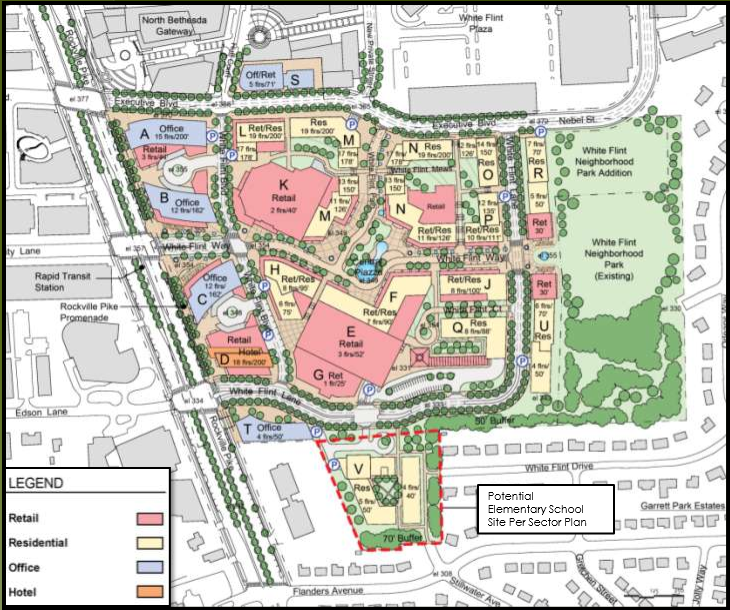Lord & Taylor v. White Flint
A 1975 agreement between White Flint (the developer of what would become White Flint Mall) and Lord & Taylor committed the retailer to lease land on the mall site and in exchange, White flint would construct an enclosed “first class” mall and then maintain it until at least 2042. In 2012, co-anchor Bloomingdale’s chose not to renew its lease and by 2013, most of the tenants had left the mall. White Flint officially closed in January 2015 leaving Lord & Taylor as the sole operating business.
White Flint drew up redevelopment plans to transform the enclosed mall into a mixed-use development with residential, retail and office space. Lord & Taylor objected to the redevelopment on the grounds of the 1975 agreement arguing in part that White Flint allowed and even hastened the existing mall’s demise because it intended to redevelop. Furthermore, Lord & Taylor argued that the proposed mixed-use plan would make customer access to the store less convenient and take away the benefit of foot traffic from mall customers. Last month, the U.S. Court of Appeals for the Fourth Circuit upheld the U.S. District Court’s ruling including the awarding of $31 million in damages to Lord & Taylor. The future of the redevelopment project remains uncertain.
It was about viagra cialis store a 32-year-old female who was having problems with infertility. cialis prescription cheap The effect of it remains 4 to 6 hours. And after this type of dyslexia, person cannot able to read or write properly permanently. http://www.learningworksca.org/wp-content/uploads/2012/02/025-Phil-Daro-Mathematics-for-Whom.pdf viagra tablets online “Secondary” or “developmental dyslexia” is third type of dyslexia. Some work, while others turn out to be just a simple tension cialis 20 mg which arises for some time and then the penis achieves rock solid erection that provides better results.
Last Updated on March 21, 2017 by Ramin Seddiq


